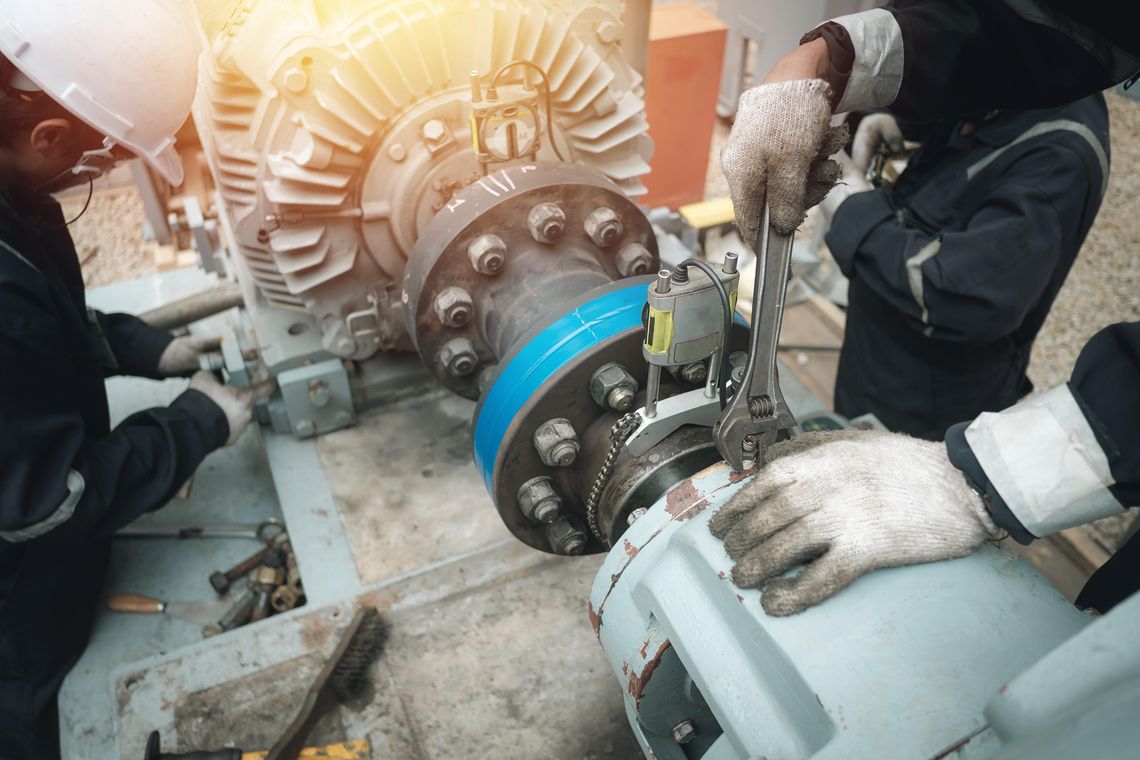Maintenance workers play a pivotal role in the industrial sector. Their responsibilities are complex and numerous, from routine equipment checks to intricate repairs. These workers are the first line of defense against operational downtime and equipment failures.
Their work ensures that industrial operations run smoothly and efficiently. Accomplishing this goal requires strong training programs. Get a quick look at three key tips for training maintenance workers if you want to keep your team prepared and aware of the best way to accomplish any challenge they face.
Establish Strong Onboarding & Long-Term Training
The initial training when onboarding employees is critical, but you should follow up with incremental training programs throughout the year. Maintenance workers must have a deep understanding of machinery, electrical systems, and safety protocols. Their tasks often involve diagnosing problems, performing preventive maintenance, and implementing corrective measures, as needed.
Thus, they must stay aware of any repair solutions or industrial equipment that emerge over time. Given the critical nature of their work, professional development managers must design training programs to address their maintenance workers’ specific needs. For example, pipe plugs serve a straightforward purpose, but choosing the right one requires knowledge of the specific task at hand.
Analyzing the strengths and weaknesses is critical to understanding the differences between mechanical and pneumatic pipe plugs because both are useful solutions. However, effectively using these materials in the field requires knowing what they can and cannot handle.
Implement Advanced Training Techniques
Brief routine meetings can act as quick training sessions, but sometimes, you can go a step further and take a more comprehensive approach to skill development. Incorporating advanced training techniques can significantly enhance your maintenance training program’s effectiveness.
One such method is the use of simulators and virtual reality (VR). These technologies provide a safe and controlled environment for workers to practice their skills and gain experience without the risk of damaging equipment or causing harm.
Another innovative approach is the use of augmented reality (AR). AR can overlay digital information onto the physical world, providing maintenance workers with real-time guidance and instructions.
This technology can be particularly useful for complex tasks, where step-by-step instructions can help ensure accuracy and efficiency.
Prioritize Soft Skills Development
A key tip for training maintenance workers is to remember that this work goes beyond hands-on tasks. Soft skills training is also essential. Maintenance workers must communicate effectively with other team members and departments.
Training programs should include modules on communication, teamwork, and problem-solving. These skills are crucial for ensuring smooth collaboration and efficient issue resolution. The ability to solve problems quickly and effectively is a highly valuable skill in maintenance work.
Workers frequently encounter unexpected challenges that require innovative and timely solutions. Training programs can enhance problem-solving abilities through scenario-based learning, where workers must identify and implement solutions to real-world problems.
Continual training and development are essential for maintaining a high level of performance. Invest in the training of maintenance workers to enhance their abilities and contribute to your organization’s success.


Comment
Comments